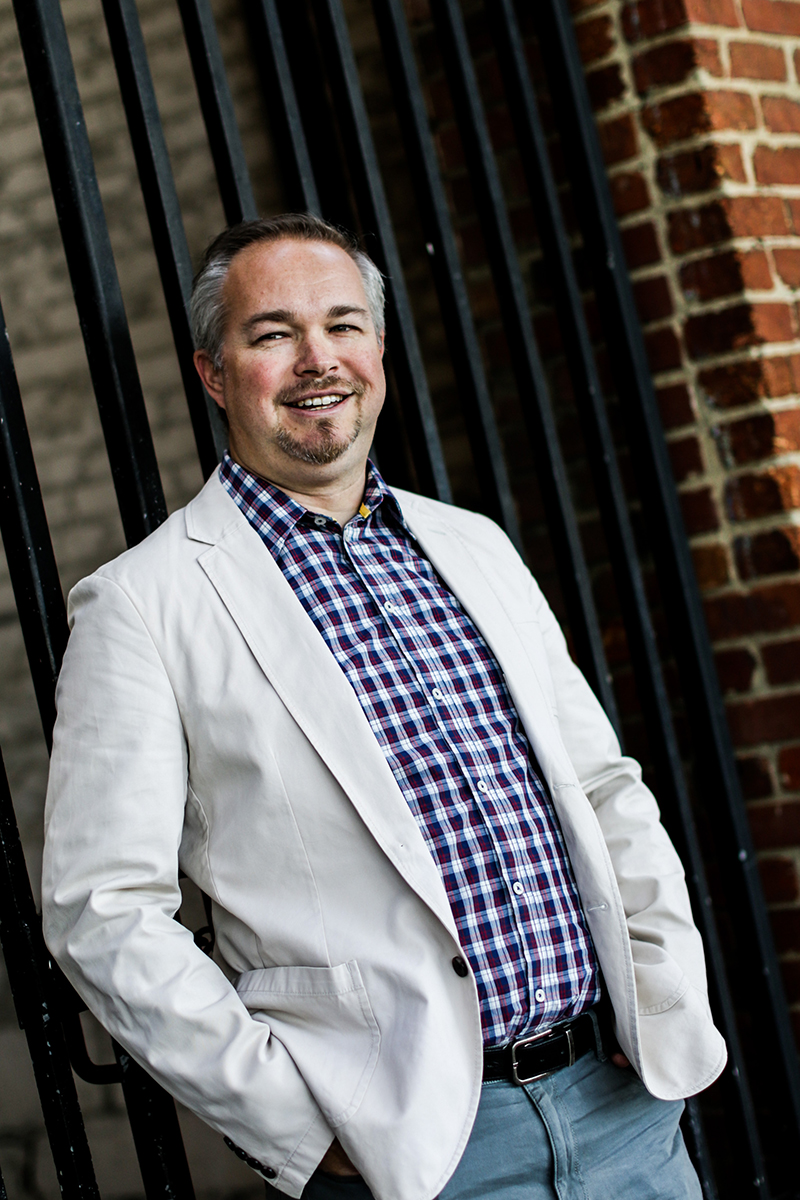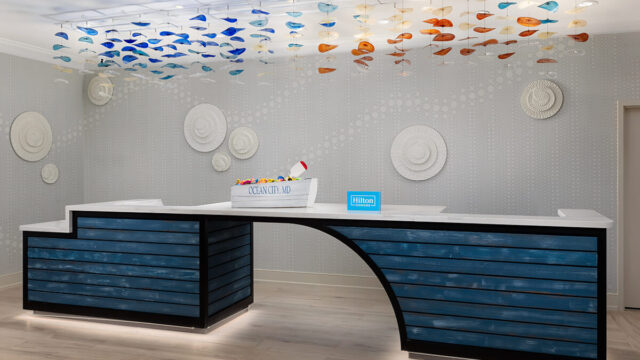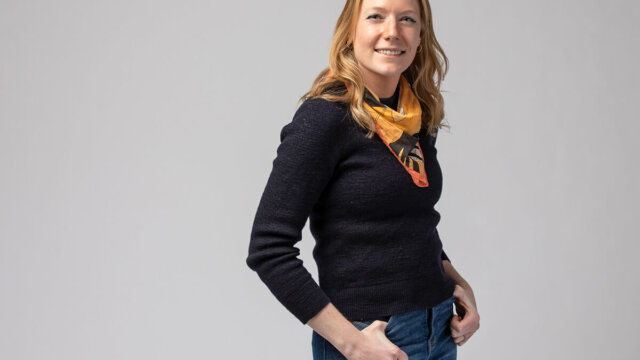How are hotel designers navigating COVID-19? David Shove-Brown and David Tracz, co-founders and principals, //3877, share their thoughts.
How is COVID-19 affecting hotel and restaurant design?
Shove-Brown: This pandemic has certainly increased our hyper-awareness of the importance of good hygiene. In the restaurant industry, strict hygiene measures have been in place for a while, but restaurateurs are certainly going to be more cognizant of cleanliness and sanitation than before—there will likely be more rigid processes in place, or perhaps even people put in charge to specifically monitor these processes, to ensure that sanitation is always prioritized. Similarly, hotels may bounce back a little faster than restaurants, as they’re a little easier to keep clean and allow safe social distancing. Restaurants will need to become more adaptable—they’ll come back, but there’s going to need to be increased resilience. This is going to take time.
Somewhere down the line, there’s going to be another pandemic. This is a situation that we’ve handled poorly; however, in the future, we’re going to have a better idea of what to do and how to handle something like this. There will be new protocols for everything within the food and beverage industry. The main goal for restaurant owners is to stay open. Unfortunately, we’re afraid many of the smaller establishments won’t be able to come back—it just won’t be feasible, what with decreased seating capacity and revenue loss. I think we all have a new respect for restaurants and we’re all in hopes to get back to as normal as possible.
Tracz: Unfortunately no one has the answer—it’s the million-dollar question. We’re still learning what the new “rules of the game” are. We’re going to have to wait and see, as it’s very much dependent on seeing whether people feel comfortable going out and congregating. Once that does happen, reassuring patrons about an establishment’s post-pandemic hygiene protocol is going to be important. Hilton and Marriott are already addressing the cleaning aspect of the post-pandemic hotel experience; hotels are setting the tone, in that respect. This will ripple into restaurants, depending on what works and what does not. At the end of the day, people will need to be able to “see” that they’re being taken care of, whether they’re dining or traveling—seeing is believing. This will be important for our collective perception of the brand’s resiliency and efficiency, too.
I can see some subtle changes happening to design as time progresses; however, at the end of the day, as people, we’re very forgetful. We’re going to start building back into a little bit more of the usual arrangement of tables, because at the end of the day, it’s all revenue-driven. Restaurants are going to try to get as close to their previous revenue as possible, in as short a time as possible—especially if there’s a vaccine that is developed.

What does this mean in terms of the design process? Do you see that altering in any way?
Shove-Brown: I think the thing that people need to remember is that this will pass. As designers and architects, we must look to temporarily fix the industry, not redesign it. In terms of temporary solutions—plastic dividers are a perfectly fine option. Business owners are going to spend all of this time and energy to redesign; however, we’re most likely going to have a vaccine before many of those redesigns become implemented. Business owners are going to want to make their guests feel comfortable—just seeing plastic dividers, UV lights, and touchless fixtures in restrooms will ease guest discomfort. We’re going to need to redesign the word “safe” to help guests understand cleanliness. As designers, we need to start thinking about ways to minimize contact—how do we replace an older fixture with a touchless one (and in an economical way)? What is clean, what is safe, and what is healthy? It truly comes down to training staff to be clean and diligent to ensure guests feel safe.
Tracz: Many developers and hospitality owners are realizing that now is a great time to get the permit process going for their upcoming projects. Now that the dust of the panic has settled a little, they’re rechecking the situation and realizing they can use this downtime to their advantage, and get ahead. Permit reviewers aren’t taking walk-ins, getting stuck in meetings, and enduring the usual bureaucracy that usually holds up the process. The process is smoother than before, which can be used to our advantage. Once the permit has been passed, and people start heading back to construction sites, construction teams can hit the ground running.
On the other hand, the process of our business development cycle has become much longer—decisions are taking weeks and months instead of days. After we begin planning out a new project, we’re going through several rounds of changes, instead of just a few revisions. It has become a longer cycle overall.
Antimicrobial products are getting talked about a lot more. How are you assessing the right materials to use in your projects?
Shove-Brown: To me, it is really going to training and processes. Staff needs to have the right cleaning materials and training to use them to ensure proper hygiene. Antimicrobial materials are helpful, but if surfaces are not cleaned, they can only do so much. So many of the materials that we use are intended for durability and cleaning; by simply elevating the rigor and frequency of cleaning, materials in our standard database will be great. Designers need to understand that antimicrobial products, UV filters and the like are not cures… They may help in some cases, but they need to be used in conjunction with good cleaning processes.

For years now, hotels and designers have tried to create more social public spaces—gathering areas for guests and locals alike. What does the public space of the future look like now?
Shove-Brown: I think this comes down to the definition of the word “future.” In the immediate future, public spaces will use more outdoor areas and provide openness for proper distancing. I imagine that hotels will be looking at opportunities to expand public space offerings to outdoor grass areas, patios and even parking lots. As we open more spaces within buildings, seating groups will be decreased in density, spreading further apart. In addition, hotels should be studying air flows and touchpoints to minimize direct passages of airborne particles while maintaining clean surfaces. As we work our way through this and when an antidote is found—one will be found—hotels will work their way back to normalcy. It will take some time, but we will get there.
Do you see any of this having an impact on guestroom design?
Shove-Brown: In regards to high-touch objects, once these unprecedented times pass, the touch-screen technology is going to come roaring back. This pandemic may even push technology forward.
Tracz: Voice control will come more into play. Theoretically, that technology is already available. We just might see more advancements by using our own devices.
Do you have any advice to the design community in navigating designing through COVID-19?
Shove-Brown: Do your research—just plugging in materials and systems without understanding everything about them is not helpful. Understand manufacturers’ claims and with what other systems materials need to be used for maximum efficiency. There is an element of liability that is a little scary; if designers are just plugging in products without doing the background study, we open ourselves up to issues if and when someone does get sick. We need to continue to push for the highest level of cleaning quality while understanding distance guidelines so that we can properly speak to our clients about the best road forward. Learn the facts, not the garbage that the guy two seats away from you in high school history posted on his Facebook page deems to be science. A little education goes a long way.



